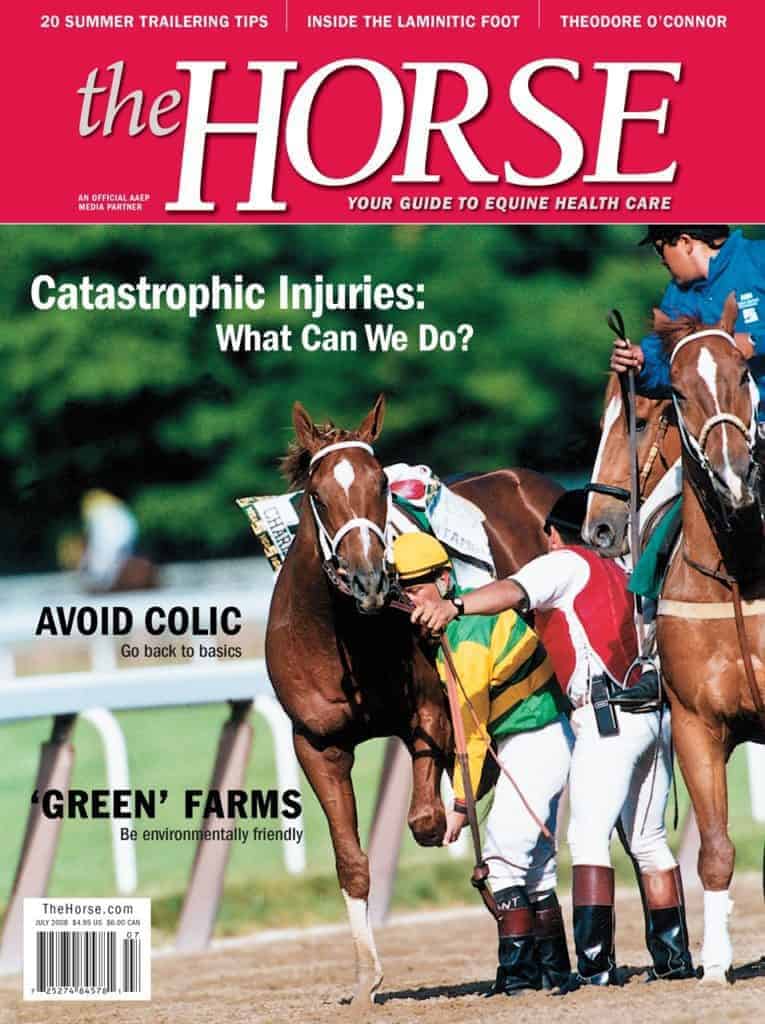USEF, AERC Issue Joint Statement on Endurance Horse Welfare
The groups expressed “alarm over continued disproportionate equine deaths, equine doping, and catastrophic injuries.”
The groups expressed “alarm over continued disproportionate equine deaths, equine doping, and catastrophic injuries.”

The fatal injury rate in Thoroughbred racehorses declined for a fourth consecutive year and has dropped 23% since 2009.

Practice can and should be ethical, but it’s not always easy. Pressure applied by trainers or owners can be substantial.

Tailored rehab plans and frequent veterinary checks are just two pieces of the rehabilitation puzzle.

Meet three equine athletes that are excelling in their golden years.

A necropsy revealed a pelvic fracture caused of death of the 1999 Horse of the Year.
The IJOC works closely with the FEI, national federations, and organizing committees of international jumping events.
Three horses tested positive for diisopropylamine, the first cases involving this vasodilating drug.
Dr. Kyle Hebert allegedly supplied trainers with dermorphin, saying the drug would make horses “focus and run faster.”
The University of Illinois Analytical Forensic Testing Laboratory performs drug testing for the Illinois Racing Board.

The FEI requested immediate action following seven endurance horse deaths in the UAE in the last four weeks.

Unrelated EHV quarantines remain in place at Keeneland Race Course’s Rice Road Training Center and Turfway Park.
Conference attendees will discuss what is and isn’t working in racing regulation.

Three former regulators will comprise the independent panel that will certify compliance with key integrity standards.
Ohio’s racing commission will review medications, out-of-competition drug testing, and RMTC and ARCI recommendations.

Researchers will continue examining the physics behind rotational falls on cross-country courses.
Stay on top of the most recent Horse Health news with
"*" indicates required fields